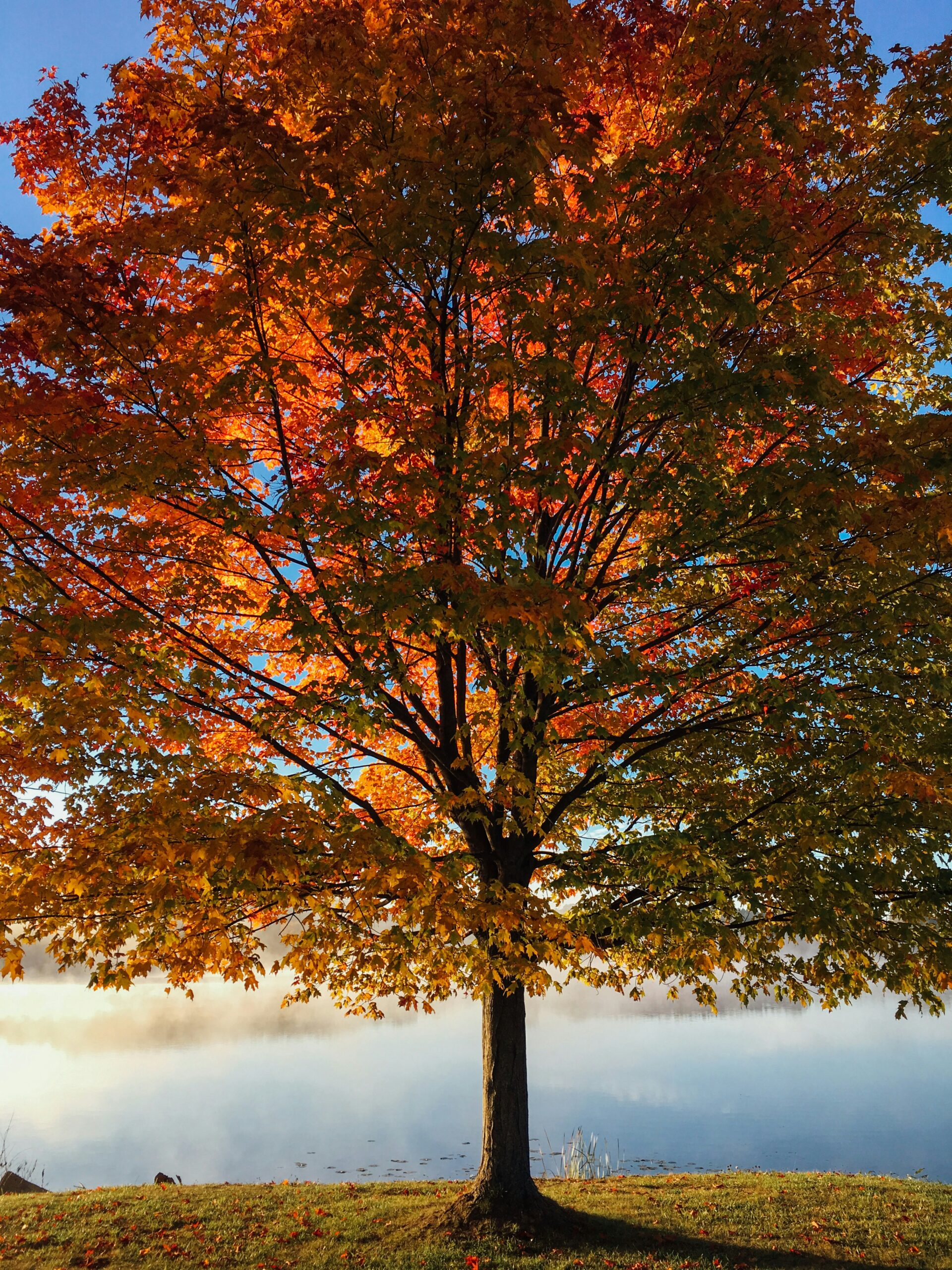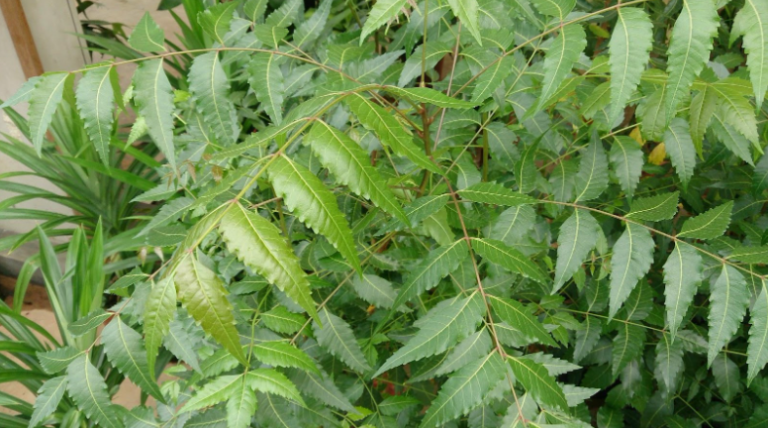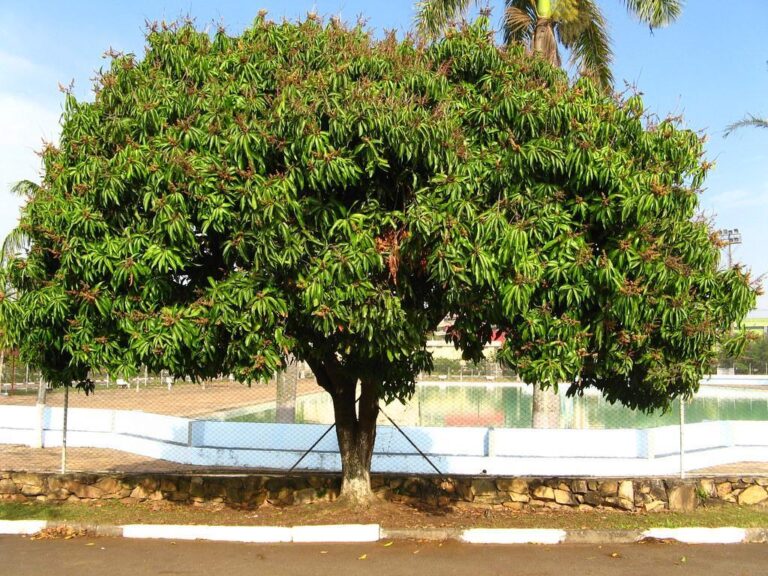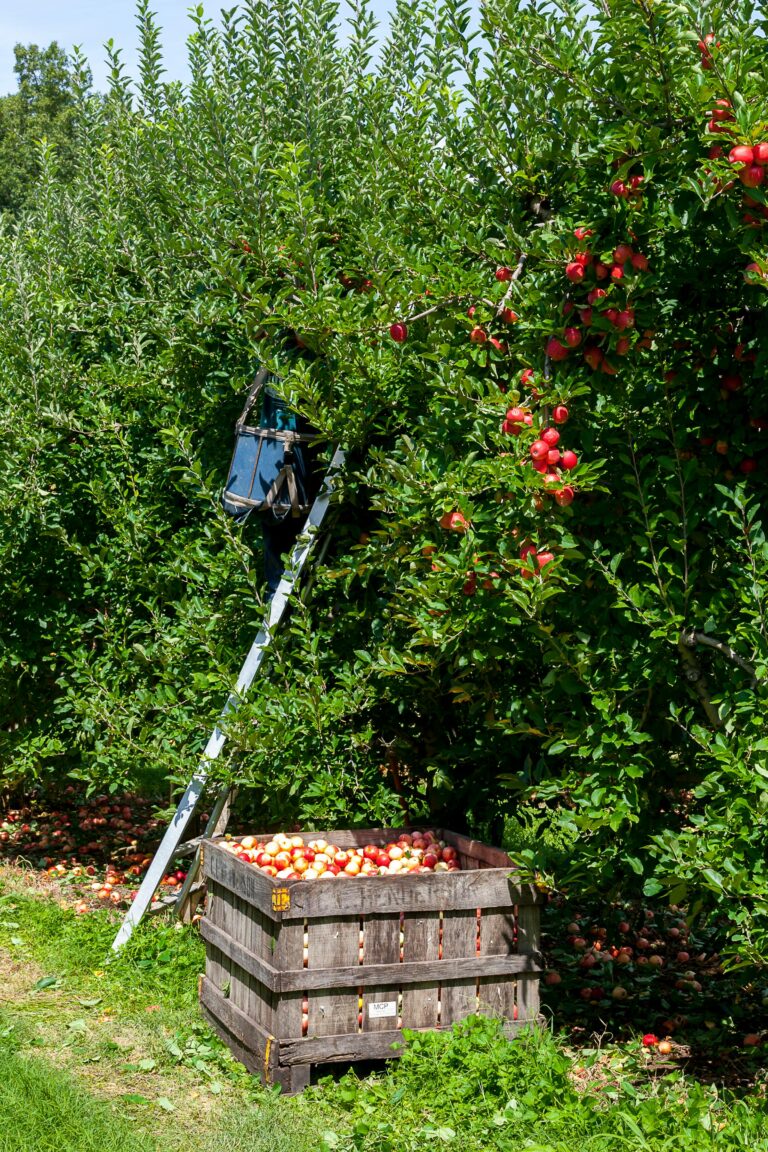Popular Types of Maple Trees Around the World
When you think of golden autumn landscapes, sweet syrup on pancakes, or the vibrant flag of Canada, one tree stands out—the maple tree. Belonging to the genus Acer, maple trees are among the most beloved and recognized trees in the world. They are not just visually stunning; they also play a vital role in ecosystems, human culture, and even the economy. Let’s dive into the world of the maple tree and explore what makes it so special.
Botanical Background and Varieties
Maple trees are part of the family Sapindaceae and include around 130 different species. While they are native to Asia, Europe, and North America, they are especially prominent in temperate regions. Some of the most common and popular species include:
- Sugar Maple (Acer saccharum) – famous for its brilliant fall colors and for producing maple syrup.
- Red Maple (Acer rubrum) – known for its rapid growth and adaptability, often turning bright red in autumn.
- Silver Maple (Acer saccharinum) – distinguished by its silvery underside of the leaves.
- Japanese Maple (Acer palmatum) – a smaller ornamental species, prized for its delicate leaves and stunning garden presence.
- Norway Maple (Acer platanoides) – widely planted in urban areas but considered invasive in parts of North America.
Maples can range from small ornamental trees to large forest giants over 100 feet tall. Most are deciduous, shedding their leaves in fall, although a few tropical species remain evergreen.
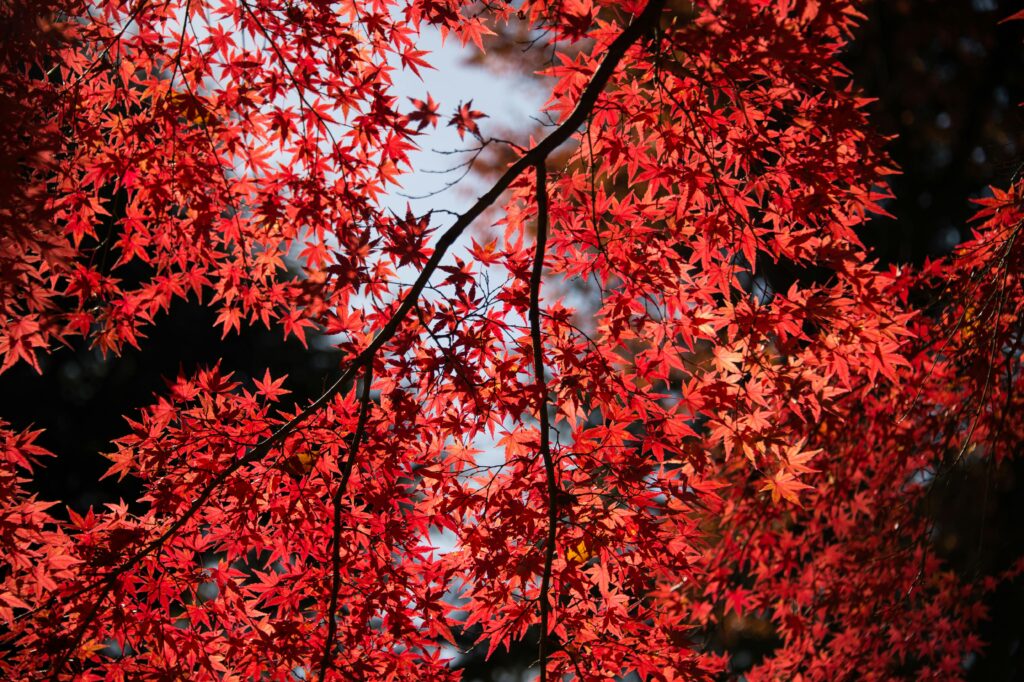
Leaf and Seed Characteristics
The maple’s iconic palmate leaves, typically with 5 to 9 lobes, are among the most recognizable in the plant world. In fact, the leaf of the sugar maple is the national symbol of Canada.
Maples also produce unique seeds called samaras—winged seeds that spin like tiny helicopters when they fall. These fascinating seeds help the tree spread naturally, relying on wind dispersal.
The Magic of Autumn
One of the maple tree’s most famous traits is its spectacular fall foliage. As temperatures drop, chlorophyll in the leaves breaks down, revealing rich pigments like anthocyanins and carotenoids. This results in the fiery reds, deep oranges, and bright yellows that define autumn landscapes in North America and parts of Asia.
In places like New England, Japan, and Canada, leaf-peeping (the act of traveling to view fall foliage) is a major seasonal event—and maples are the main attraction.
Maple Syrup: Liquid Gold
Perhaps nothing has made the maple tree more famous than maple syrup. The syrup is harvested primarily from the sugar maple, which contains a high concentration of sugar in its sap.
In late winter and early spring, producers tap the trees to collect sap, which is then boiled down to produce syrup. It takes about 40 gallons of sap to make 1 gallon of syrup, making it a labor-intensive but deeply rewarding process.
Maple syrup is a cultural staple in Canada, the northeastern U.S., and parts of Europe, often used on pancakes, waffles, and even in savory recipes.
Cultural and Historical Importance
The maple tree has deep cultural roots. In Canada, the maple leaf is a symbol of national pride, prominently featured on the country’s flag since 1965. Indigenous peoples in North America were the first to discover the tree’s sweet sap and developed early methods of syrup production.
In Japan, the tradition of “momijigari” (maple viewing) is akin to cherry blossom viewing in spring, where people travel to admire the changing leaves of the Japanese maple.
Ecological Benefits
Maple trees are not just beautiful and sweet—they’re ecologically important. They:
- Provide food and shelter for birds, squirrels, and insects.
- Support pollinators with their early spring flowers.
- Improve air quality by filtering pollutants.
- Stabilize soil and prevent erosion with their deep root systems.
In urban settings, maples are commonly planted for their shade, aesthetic value, and ability to survive in diverse conditions.
Maple Wood and Its Uses
Maple wood is strong, durable, and has a beautiful light grain. It’s often used in:
- Furniture and cabinetry
- Flooring
- Musical instruments, such as violins, guitars, and drums
- Baseball bats and other sporting goods
Hard maple, especially from the sugar maple, is prized for its density and strength, making it a preferred wood for bowling alleys and butcher blocks.
Challenges and Threats
Like many trees, maples face threats from climate change, disease, and invasive species. Some common problems include:
- Verticillium wilt, a soil-borne fungus
- Asian longhorned beetle, a serious pest in North America
- Climate stress, including extreme heat and irregular precipitation
Forestry experts and arborists are working to monitor and protect maple populations worldwide.
Symbolism and Spiritual Significance
The maple tree isn’t just biologically significant—it holds deep symbolic meaning across various cultures.
- In Native American traditions, the maple tree is a symbol of balance, promise, and generosity. Many tribes respected the tree for its life-giving sap and its presence as a strong, upright protector of the land.
- In Celtic mythology, the maple is often associated with inner strength and connection to the spiritual world. Some ancient belief systems saw the maple as a “tree of divination,” offering guidance and vision through dreams or rituals.
- In Eastern philosophy, especially in Japan and Korea, the changing colors of the maple symbolize the impermanence of life, a central idea in Buddhism known as wabi-sabi—the beauty of things that are transient and imperfect.
Even today, a maple tattoo or emblem often represents resilience, beauty in change, and the sweetness of life earned through patience.
Climate Adaptation and the Future of Maples
Climate change is reshaping forests around the world, and maples are adapting in complex ways. Rising temperatures, early thaws, and longer droughts affect sap flow, foliage, and the overall health of these trees.
Some observations and predictions include:
- Sugar maples are slowly migrating north in search of cooler climates, especially in parts of the U.S. like Vermont and New Hampshire. Warmer winters reduce sap quality, and erratic freezes can damage young trees.
- Hybrid maples and urban-friendly cultivars are being developed to better withstand heat, pollution, and limited water.
- Forest scientists are experimenting with assisted migration, where saplings are planted further north than their usual range to help forests adapt more quickly.
While it’s an uphill challenge, many conservationists believe that with the right care and planning, maples can remain a cornerstone species in the ecosystems of tomorrow.
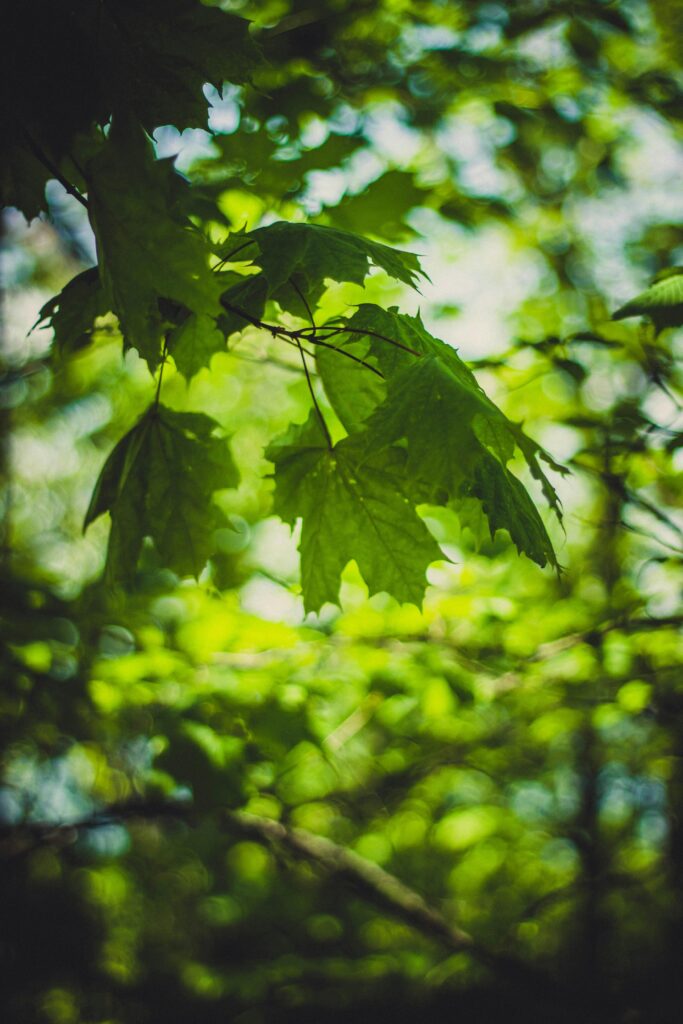
Fun Facts and Lesser-Known Maple Marvels
Here are some fascinating, raw tidbits you may not know about maple trees:
- Maple trees can live for hundreds of years. Some sugar maples have been documented to live up to 300–400 years, standing through generations of human history.
- Maple sap isn’t just for syrup. Indigenous peoples used it as a base for cooking meats and vegetables, almost like a broth. It was also fermented into light alcoholic beverages in some traditions.
- The Japanese maple is often grown as bonsai, creating miniature masterpieces that showcase seasonal change in a single pot.
- During World War II, maple wood was used in airplane propellers due to its strength and lightness.
- You can eat maple leaves! In Japan, deep-fried maple leaves (momiji tempura) are a delicacy during autumn festivals in places like Osaka and Minoh.
How to Grow and Care for a Maple Tree
Want to grow a maple tree in your yard or garden? Here are some practical pointers:
Choose the Right Species:
- Sugar Maple – Best for cooler climates with large spaces.
- Red Maple – Adaptable and fast-growing, suitable for various zones.
- Japanese Maple – Ideal for decorative gardens, shade-tolerant, compact.
Planting Tips:
- Plant in early spring or fall.
- Choose well-drained soil with good sunlight exposure (partial shade works for Japanese varieties).
- Space large maples at least 25–30 feet apart to accommodate root spread.
Care:
- Water deeply in the first two years.
- Mulch around the base (but not against the trunk) to retain moisture.
- Prune dead or diseased branches in late winter or early spring.
- Avoid over-fertilizing—maples don’t like too much nitrogen.
Warning: Avoid planting silver maple near houses or pipes—their roots are aggressive and can cause damage.
Final Thoughts: Why Maples Matter More Than Ever
The maple tree is more than just a background character in nature’s drama—it’s a living monument to resilience, beauty, and coexistence. From feeding bees in spring to dazzling our eyes in fall, from inspiring folklore to sweetening our breakfast tables, the maple is woven into our lives in visible and invisible ways.
Conclusion
The maple tree is far more than just a beautiful addition to forests and city parks. It is a symbol of endurance, transformation, and sweetness—a tree that nourishes both body and spirit. Whether you’re admiring its autumn leaves, savoring syrup at breakfast, or sitting beneath its summer shade, the maple tree stands as a quiet yet powerful reminder of nature’s gifts.

